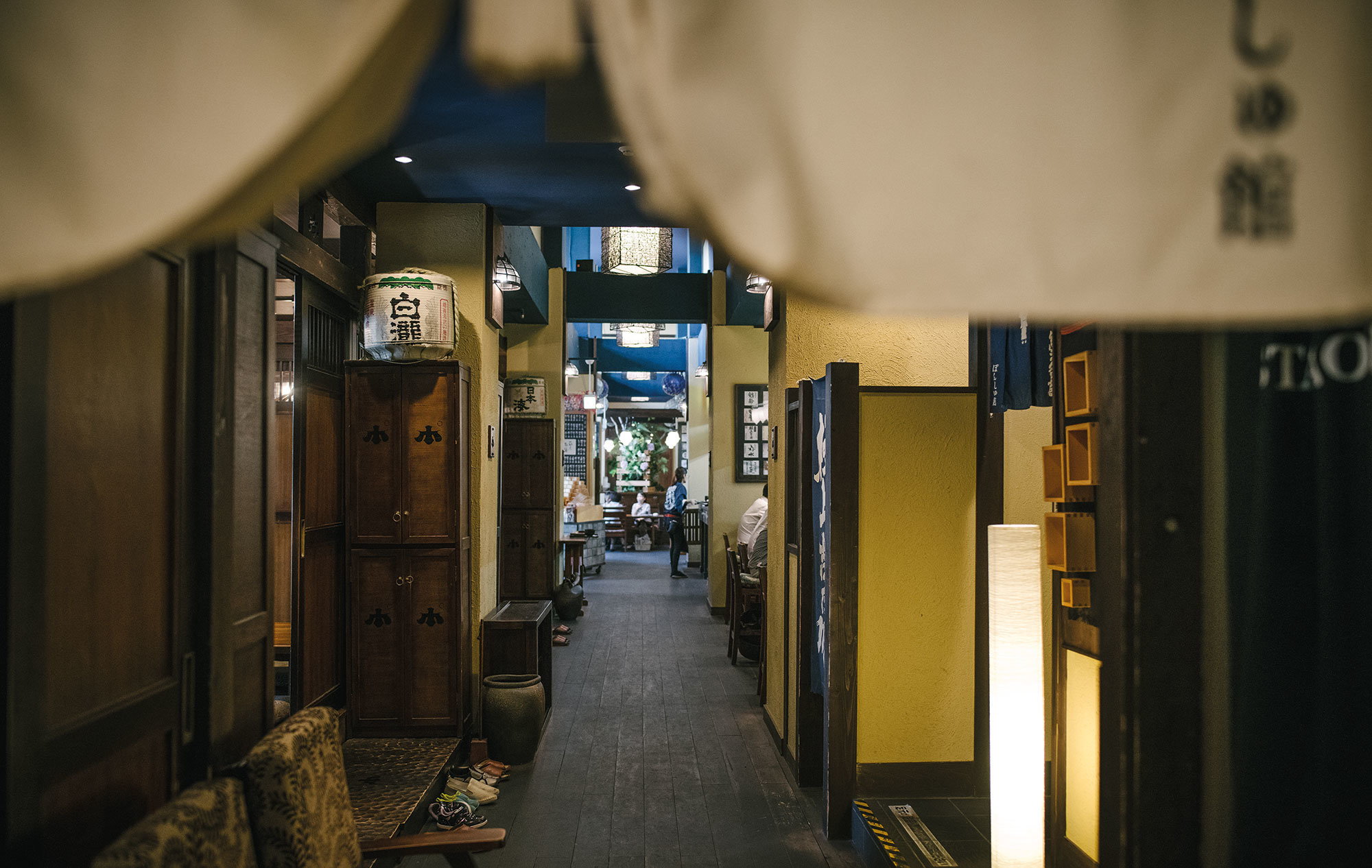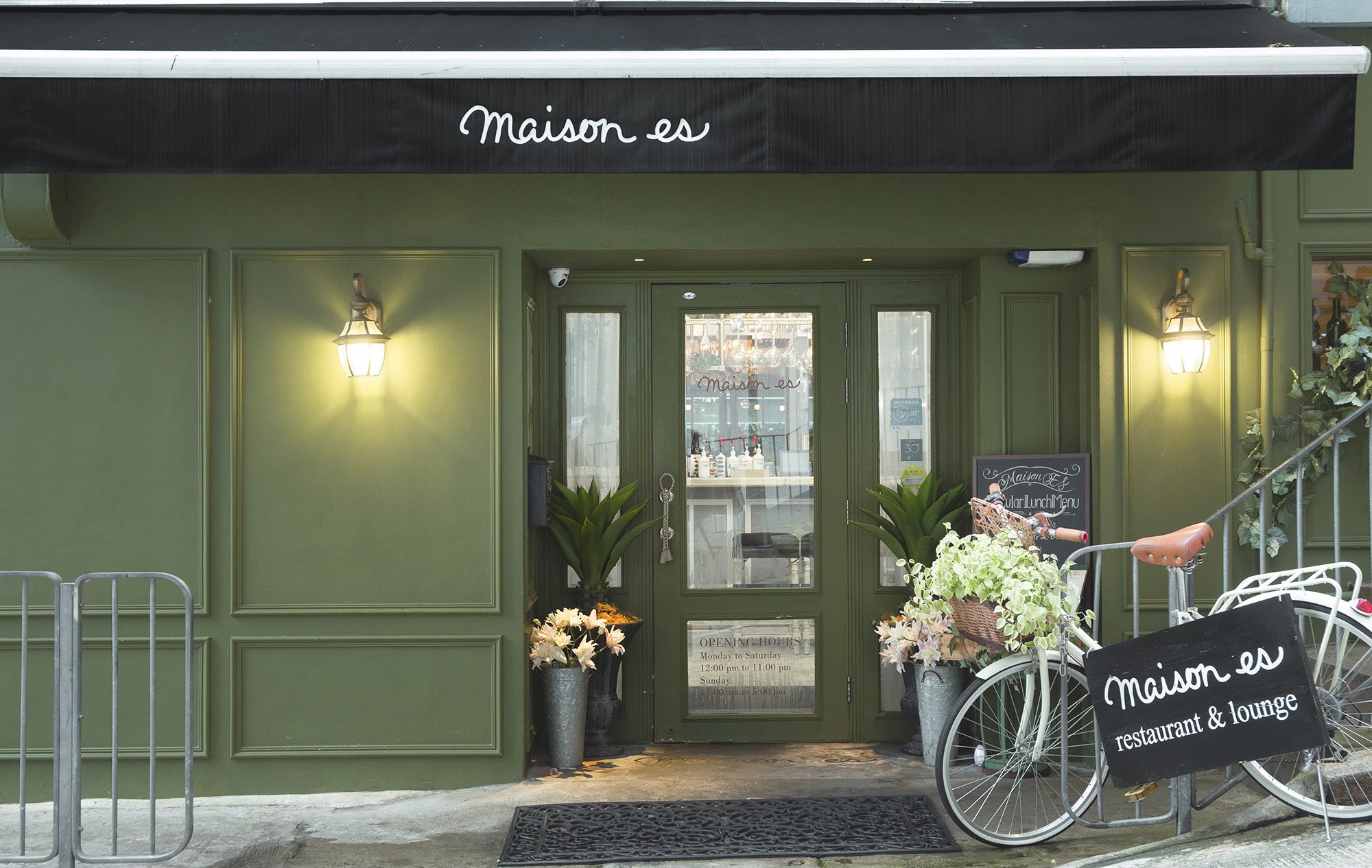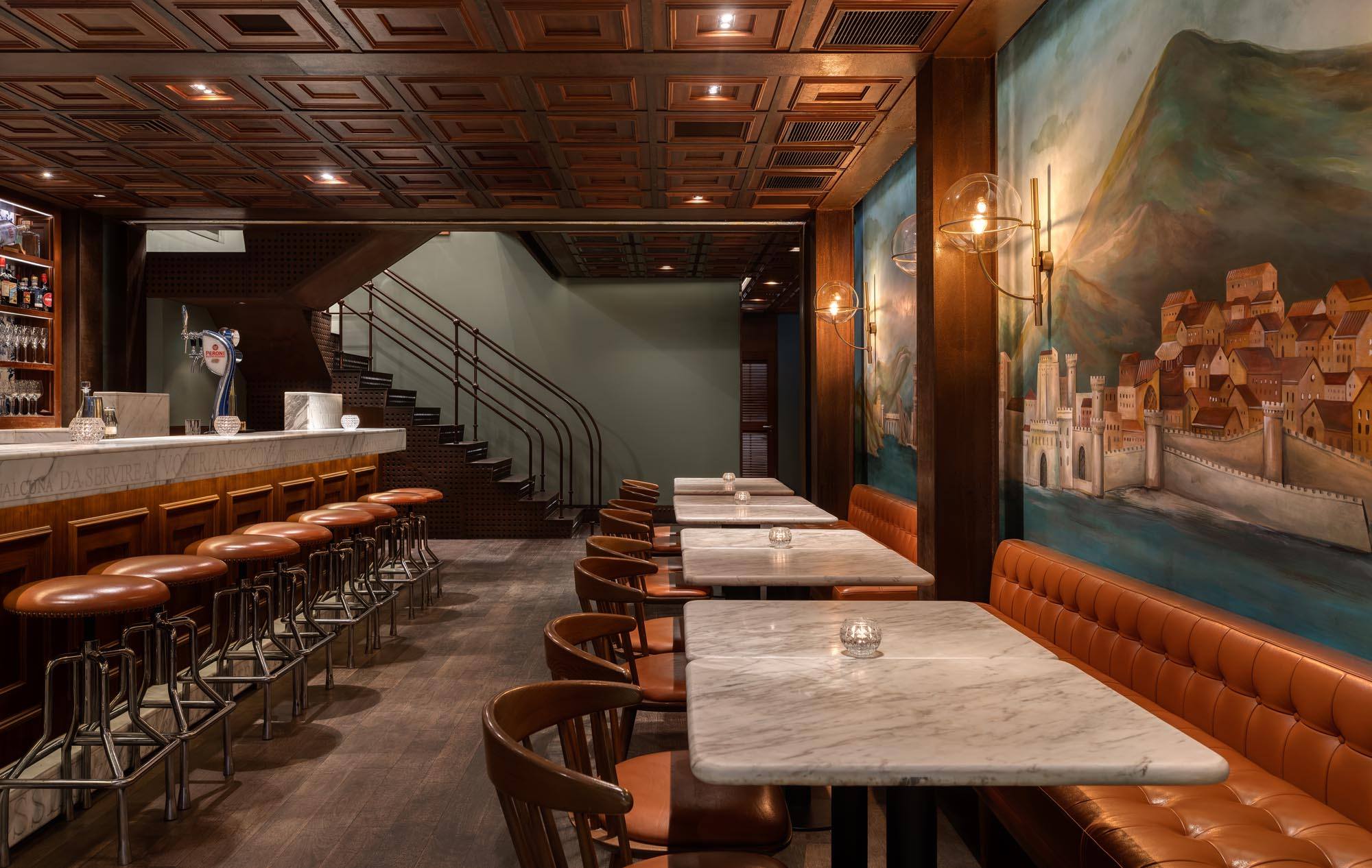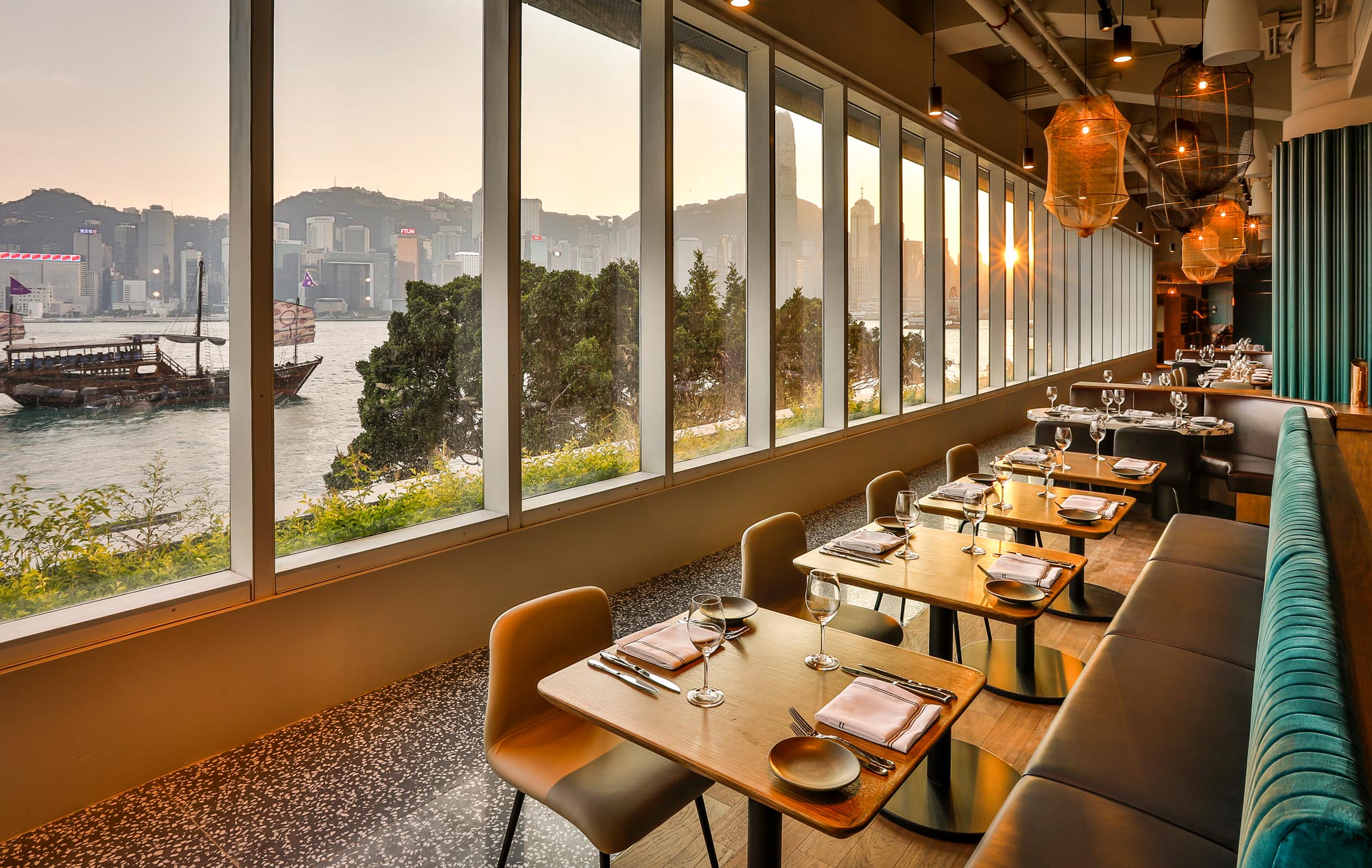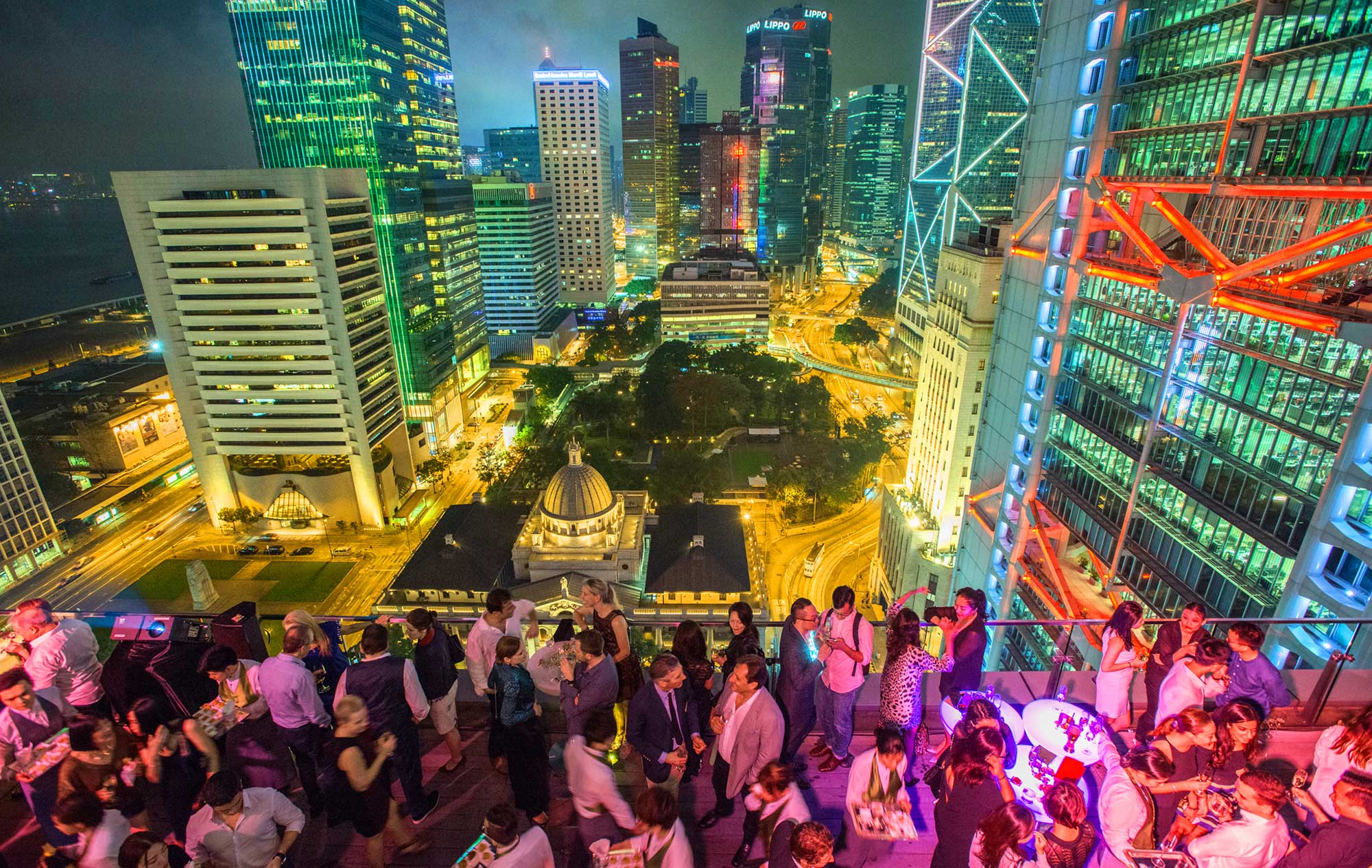When you talk about Niigata prefecture, located some 300 kilometres north of Tokyo, rice and sake are almost always part of the conversation. The best sake, the finest rice – that’s Niigata. And although the region has much more to it than just that – think winter sports and stunning nature – it’s worth a trip there for the sake alone.
To dive into Niigata’s sake scene, I don’t have to go too far from Niigata Station. The Ponshukan Sake Museum, a sleekly designed complex – it’s not strictly a museum – is located just beyond the ticket gates, by the shops devoted to regional crafts and local produce like artisanal miso, soy sauce and jams. Inside, there’s enough nihonshu, to use the Japanese word for sake, to sink a battleship, with a bottle shop carrying brews from around the prefecture, a section selling one-cups – single servings of sake in colourfully labelled glass jars with pull tab lids – and even a counter for beauty products made with the drink.

Ponshukan’s tasting room, however, is the highlight. For 500 yen (HK$36), you get five tokens and a returnable ceramic sake cup with which you can try up to five shots of sake from a long wall of self-serve vending machines. There are 111 brews here in total, and a large proportion of Niigata’s 89 sake breweries are represented. To help make the selection process a little less daunting, each variety comes with short descriptions in English and Japanese.
I start with Imayotsukasa Brewery’s junmai, or pure-grade sake – meaning it is made only with rice, water and rice koji (mold). Before brewing, the rice has had between 30 and 40 per cent of its husk polished off to reduce fats and proteins that can produce undesirable aromas and flavours. Produced by Imayotsukasa, a brewery about 15 minutes south of Niigata Station, the sake is light-bodied and easy on the palate.
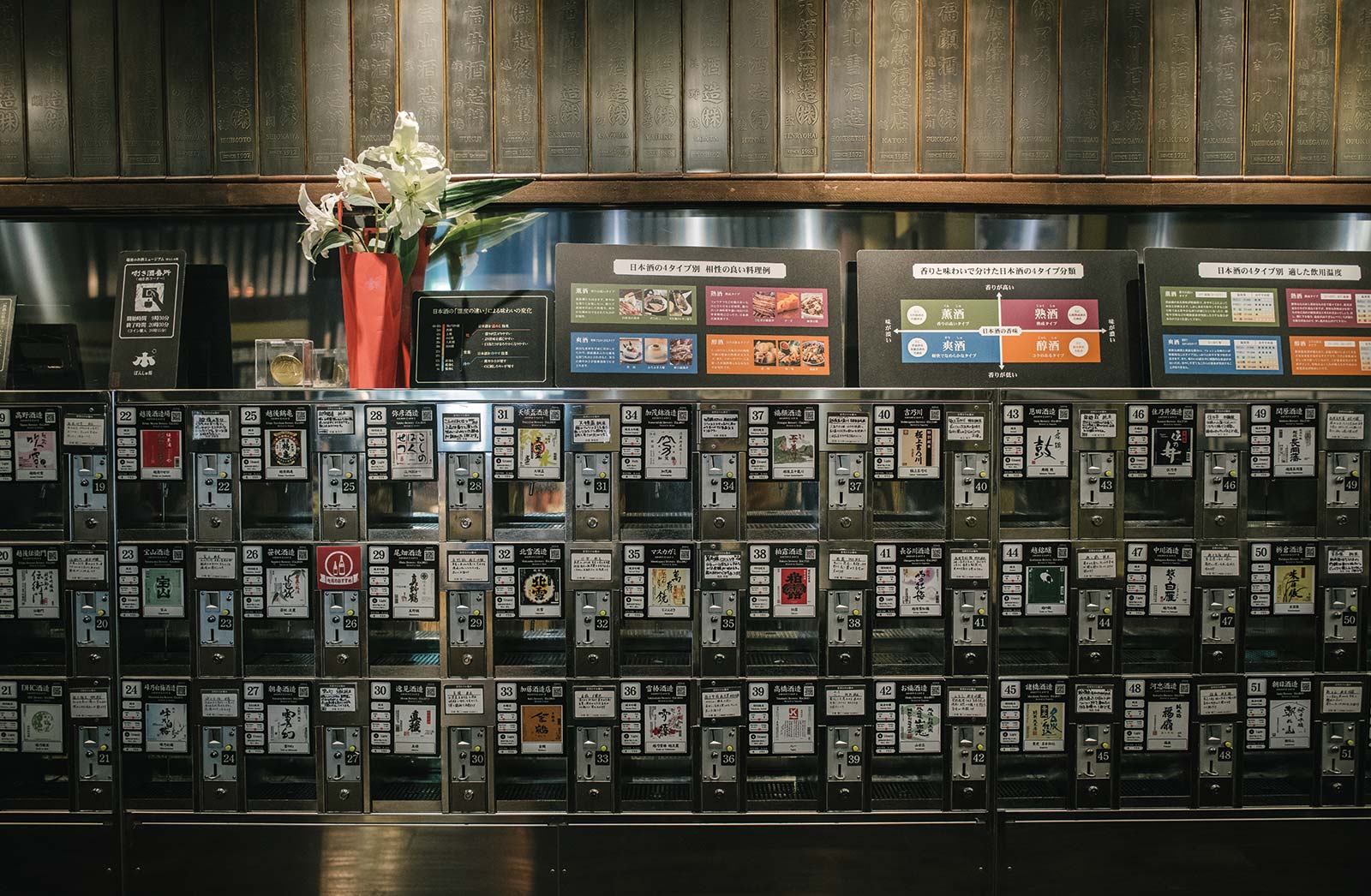
Taking some advice from the staff, who have listed their top five picks for the week on a chalkboard, I try a rich but balanced junmai ginjo from a brewery called Sasaiwai – made like the junmai, but ginjo signifies that distilled alcohol is blended in.
Another highlight is a junmai sake from Hokusetsu Brewery – the exclusive sake supplier of chef Nobuyuki Matsuhisa and Robert de Niro’s Nobu restaurant chain. ‘It’s three things: the region’s high-quality rice, ideal sake-brewing climate and pure water,’ says head brewer Kazuo Tsuruma during a tour of the facility located on Sado Island, 60 kilometres off the Niigata coast. We’re standing inside one of the fermentation rooms as a soundtrack of prog rock and Enya blare out through a sound system. Why the music? It’s an important element of the brewing process:
‘We play music and expose the sake to ultrasound in storage; we believe the vibrations can better mix the water and alcohol. It also aids maturation and gives it a smoother taste,’ Tsuruma explains of their out-of-the-box approach.
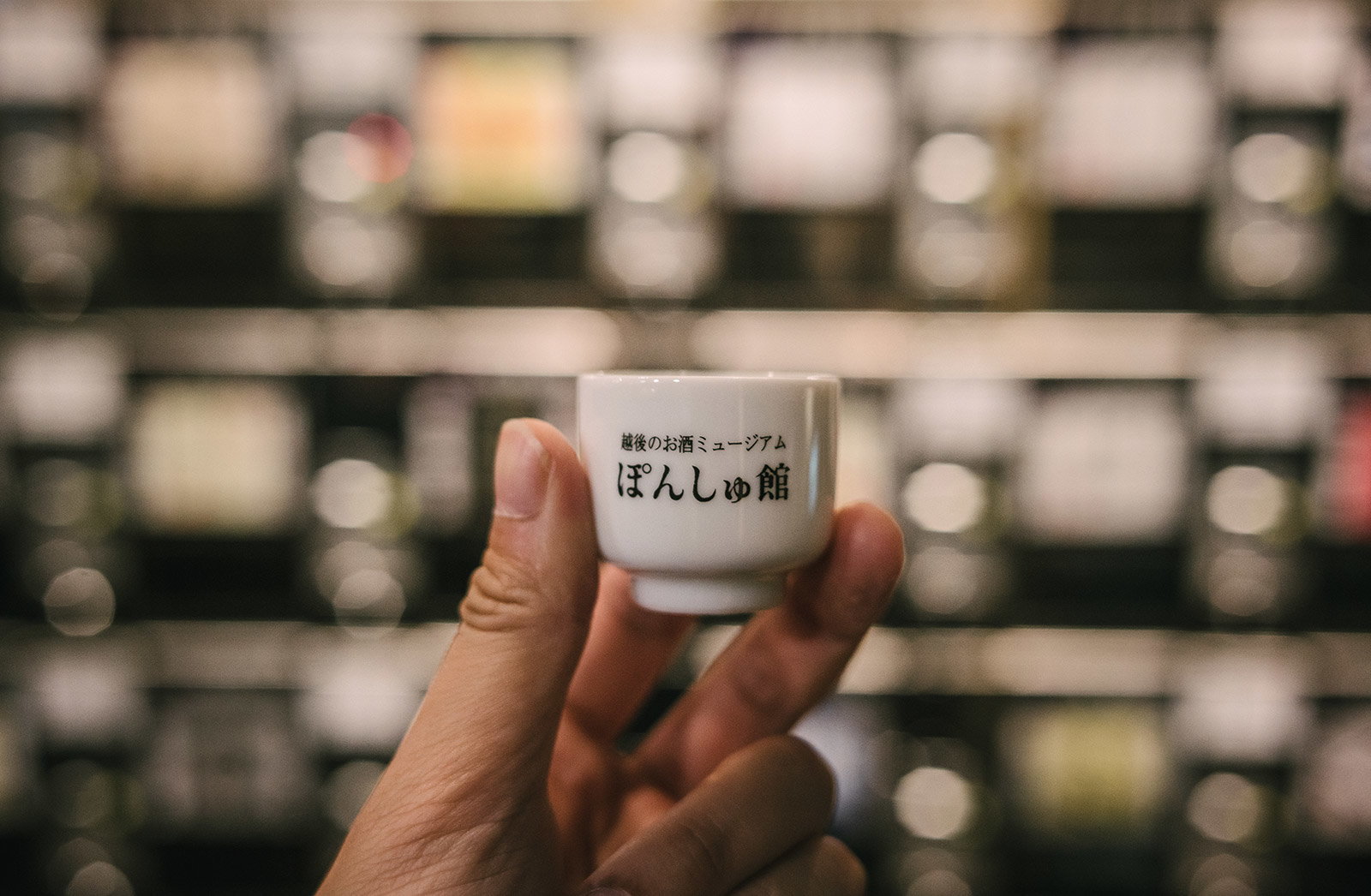
Another sake experience only available in Niigata is the Koshino Shu*Kura, a sake-themed train offering sake from the region. It runs on three overlapping routes in Niigata prefecture, including one that departs from Niigata Station. I’m not opposed to drinking on trains – rush-hour Tokyo Metro aside – so the prospect of a train ride where drinking is encouraged was impossible to ignore. After a live jazz performance in the standing-bar carriage and a tasting session led by a local brewer with about 20 other passengers, I return to my seat with a cup of sake to watch the scenery switch between rugged coastline and straw-yellow rice paddies – a colour that indicates it’s almost time for harvest.
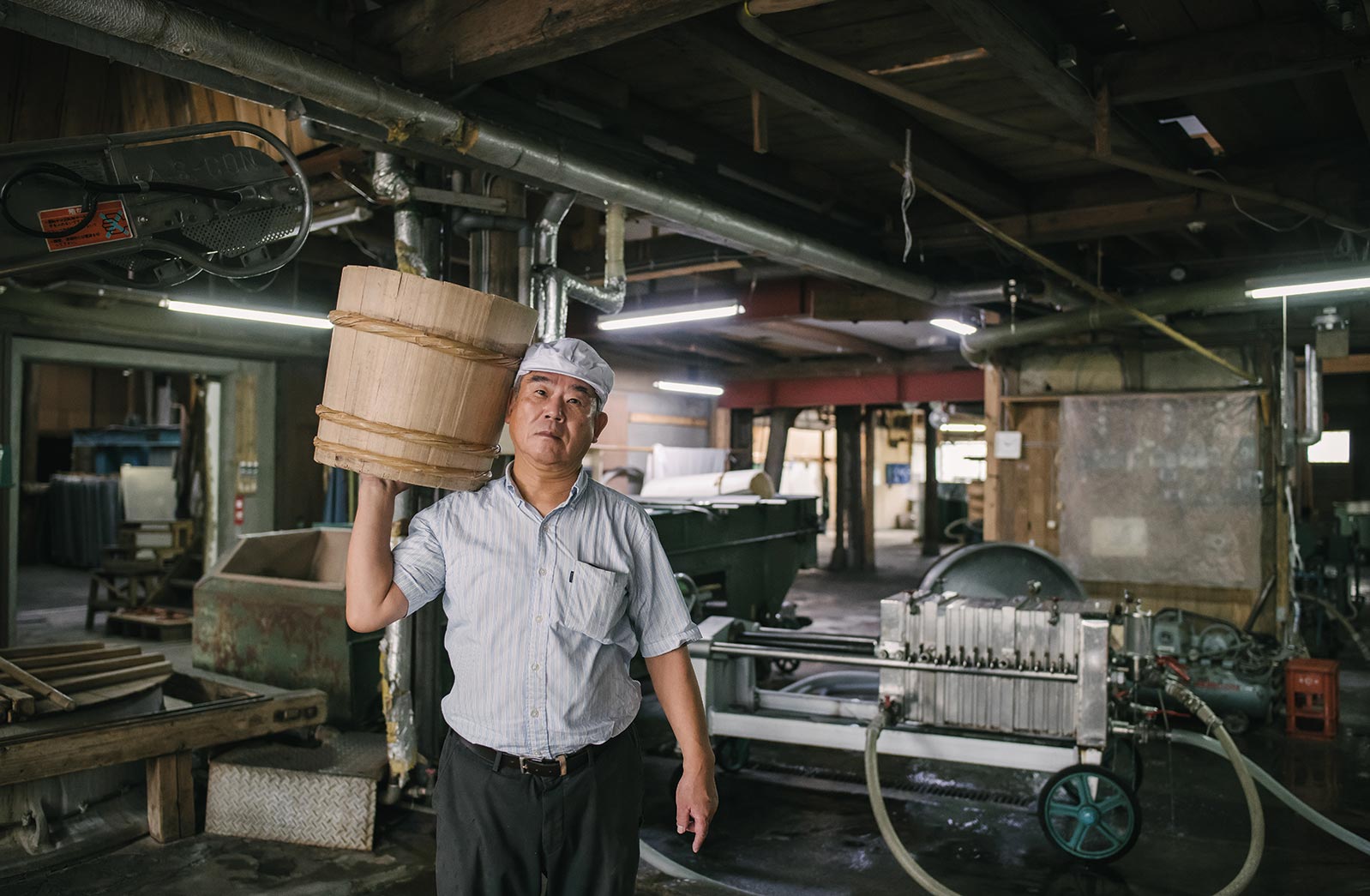
Rice in Niigata isn’t just good for brewing. On my second day in Niigata city I head to Pier Bandai, a market near Niigata’s port specialising in seafood and local produce, to check out some of Niigata’s famous koshihikari – a premium Japanese short grain named after the historic Koshi province.

Here, koshihikari is available in 10-kilogram sacks or smaller 450-gram souvenir-sized packages, and you’ll find varieties that come from four parts of Niigata prefecture: Sado, Uonuma, Minami Uonuma, and Iwafune. Handwritten signs are placed next to different packages to indicate the virtues of each (‘good for making onigiri’; ‘good value for money’; ‘good with curry’). I buy some Uonuma rice for my son, who had returned from a summer football camp in Niigata raving about the rice he’d had each day.
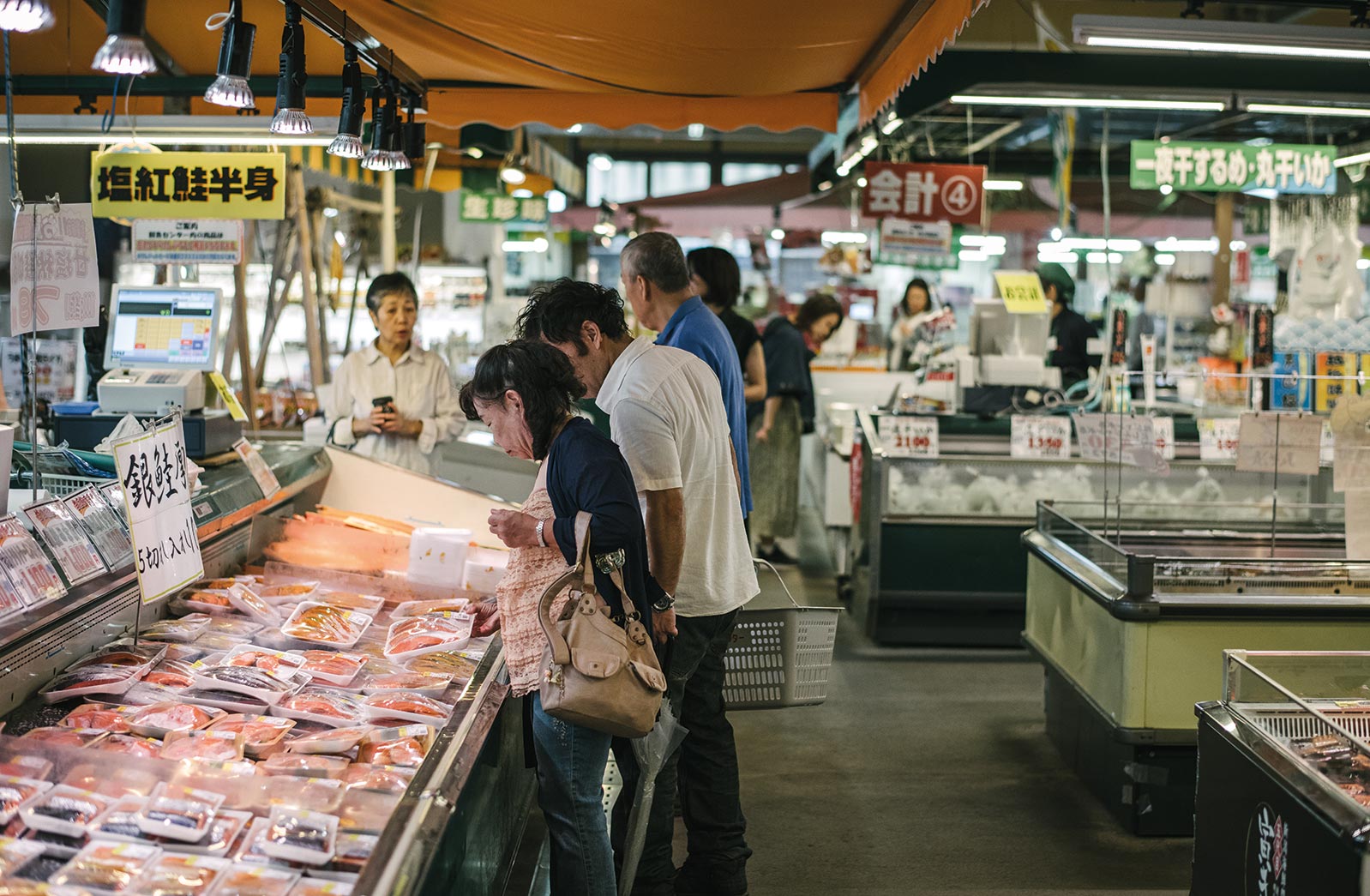
Unlike the rest of my family, I have to admit that I’ve never been much of a rice eater, but a meal in the dark-wooded rustic surrounds of the Uonuma Kamakura restaurant changes my tune. Each bite of koshihikari from the Minami Uonuma area comes with the slightest bit of chewiness and a hint of sweetness – quite different to the bland, no-wash rice I cook at home. No wonder my son was so happy at football camp.
I ask a waitress what makes the rice special, and she points to a box of Japanese text on the menu: It’s all about the balance of flavour, colour, stickiness and gloss – the results of the pure snowmelt water in Niigata’s mountainous Uonuma region and the area’s naturally varied climate.
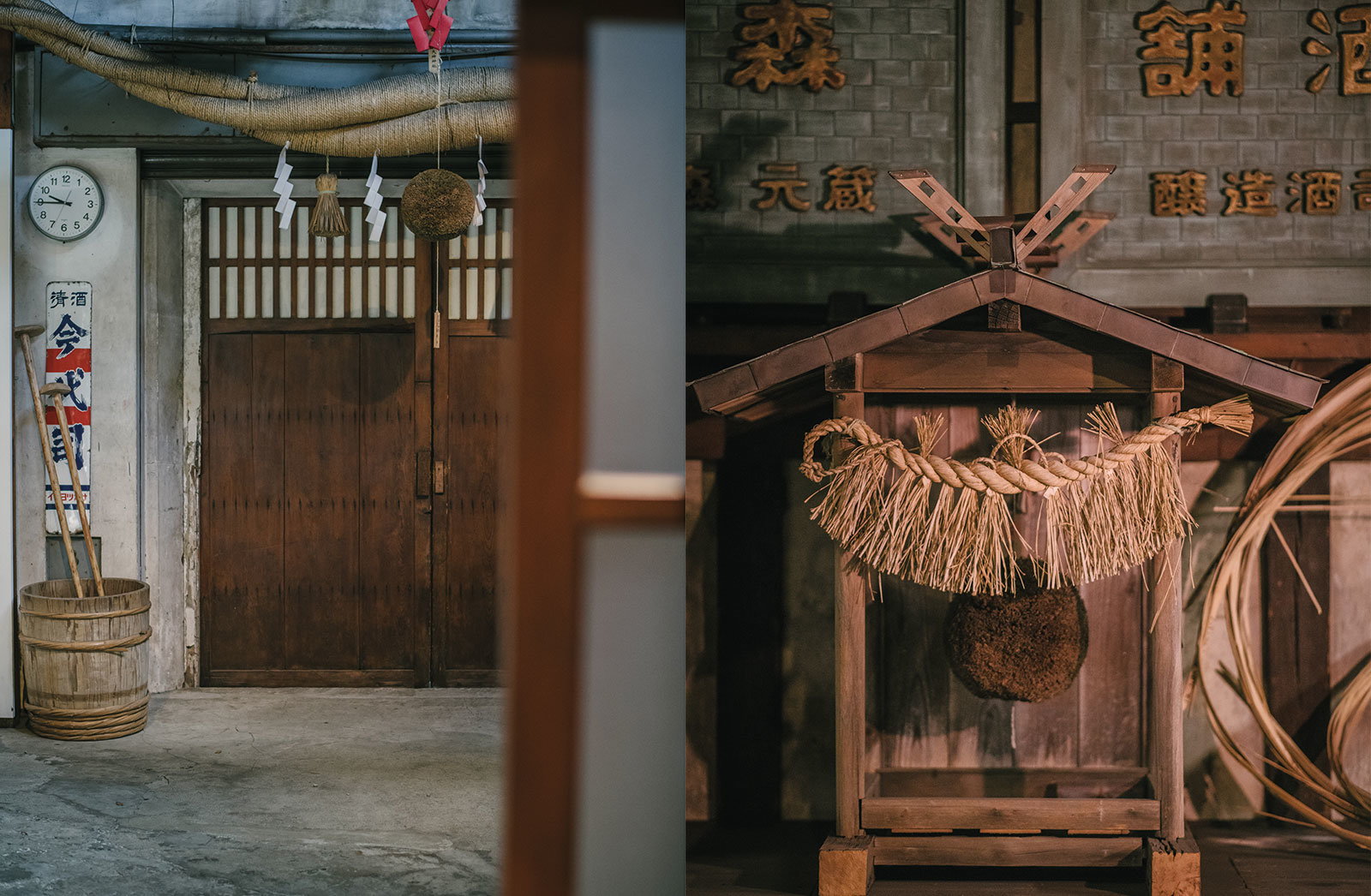
Koshihikari may be something special, but I know how I prefer my rice. Before boarding my bullet train back to Tokyo, I order one last cup of Hokusetsu’s sake for the road at Ponshukan – something to sip while watching the rice paddies zip by.



